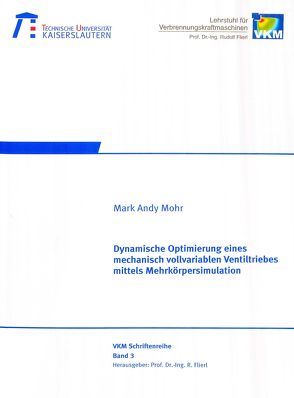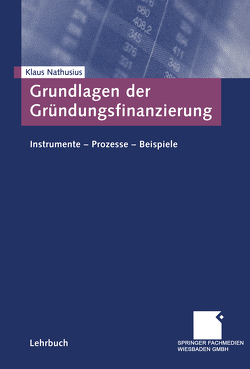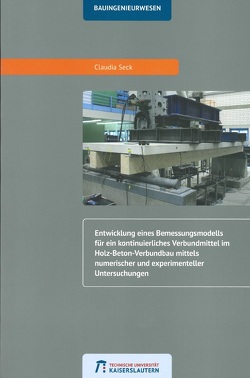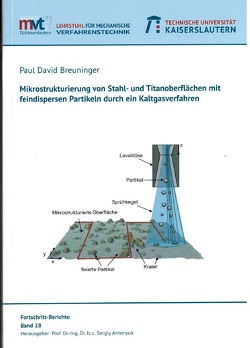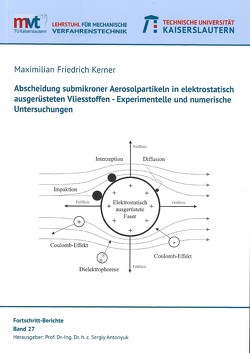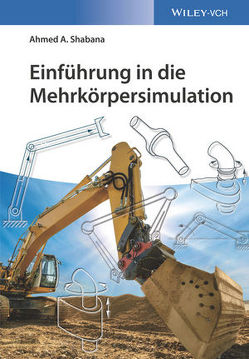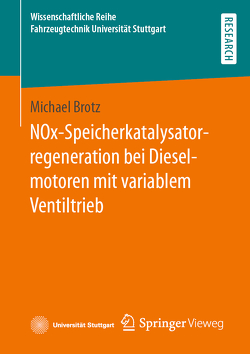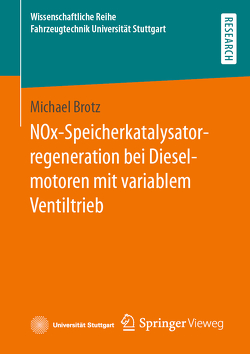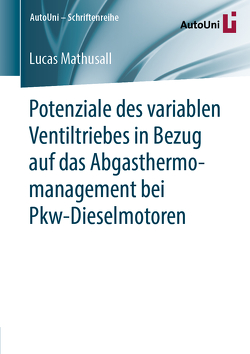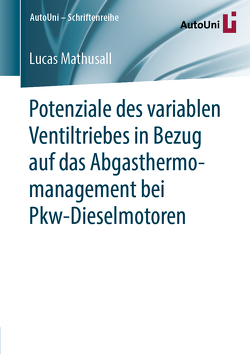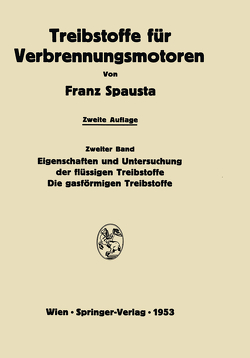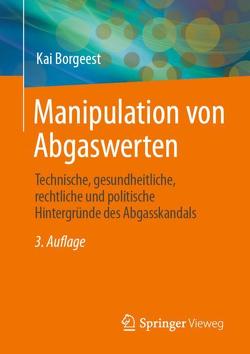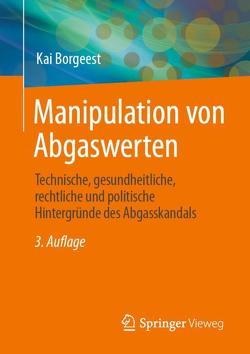Dynamische Optimierung eines mechanisch vollvariablen Ventiltriebes mittels Mehrkörpersimulation
Mark A Mohr
Abstract
The automobile plays an important role in worldwide mobility. The number of vehicles
is increasing caused of the motorization of developing countries like China and lndia.
Today the most important drive for automotives is the inertial combustion engine. But
the inertial combustion engines have a big influence for the energy security, the global
warming and the air pollution. Cause of that the fuel consumption and the exhaust
gas emissions are main requirements in the engine development. The mechanical
fully variable valve train is one possible technology to improve fuel consumption
as BMW has already successfully shown with the Valvetronic- System. At
present a !arge number of such systems are in development.
Modern fully variable valve trains modify the opening time as well as the hight of the
valve litt. In combination with a cam phaser those systems have the possibility to adjust
the inlet valve closing time and the overlap period in a big range. The right adjustment
of the inlet closing effects a reduction of the gas flow work and the small
valve lifts effects an improved mixture formation as a result of high gas velocities.
With this both effects an average reduction of 10°/o in fuel consumption is possible.
Also the engine torque is increasing, especially for low engine speeds caused by the
early inlet closing.
In the first step of this work the thermodynamic requirements for the mechanical fully
variable valve train are investigated. One result of this investigation is that the right
inlet closing time is the most important requirement for high engine torque. In comparisons
to normal valve trains a reduced maximum valve opening acceleration can
be better compensated with the new possible adjustment of the valve lift, opening
and closing time. Also engine speeds of 6000 to 7000 rpm are necessary to receive
the maximum engine power of modern gasoline engines. Fora good idling quality the
tolerance between the valve lift of different cylinders of only 10°/o are aloud. Cause of
an id le lift of about 0.3 to 0.5 mm the tolerance conditions with ±0.005 to ±0.025 mm
are very high.
In the same time the mechanical fully variable valve train has to conform the same
mechanical boundary conditions and meets even higher tolerance conditions than a
regular valve train.
